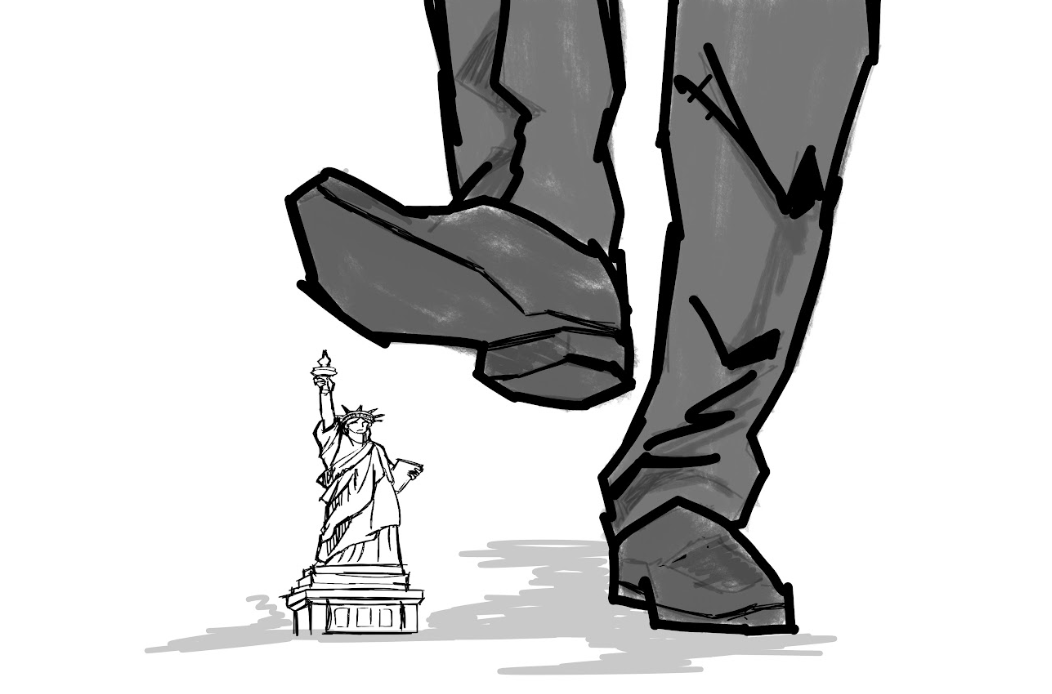Although alcohol is part of a college culture, it is not without its consequences.
The decision to drink alcohol — namely the choice to get drunk, whether legally or illegally— impacts personal development as well as increases the risk of exposure to violent crime, including rape, sexual assault, robbery and aggravated assault.
According to the National Council on Alcoholism and Drug Dependence, alcohol plays a role in nearly half (40 percent) of violent crimes today.
While the drinking age may deter students 20 years-old and younger from participating in the bar scene, it does not curb alcohol’s widespread effects among college students; in fact, many times, the alcohol-age limit drives under-aged students to irresponsible intoxication at house parties, which often offer students free, unrestricted access to alcohol.
In the 48-hours before fall semester’s classes begun (Aug. 16 and Aug. 17), UTSA Police Department reported seven incidents of alcohol-related arrests: two incidents of Driving While Intoxicated and five incidents of Consumption of Alcohol by a Minor.
Irresponsible and copious consumption corrupts an individual’s cognitive ability, affecting his or her ability to appropriately assess repercussions.
Additionally, because binge-drinking — which, according to the Center for Disease Control and Prevention, accounts as the form for 90 percent of alcohol consumption by minors — impairs an individual’s impulse control; therefore, an inebriated student is at a greater risk to have less long-term fun, and is more likely to rush to violence as well as to rush through, or completely neglect, traffic signals.
Consider alcohol as a catalyst for crime and consume it with caution, balancing an appreciation for collegiate camaraderie with expectations for care-free fun.












